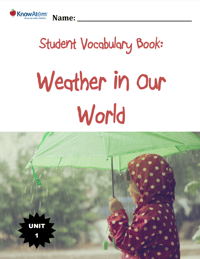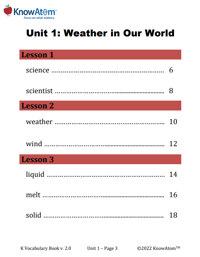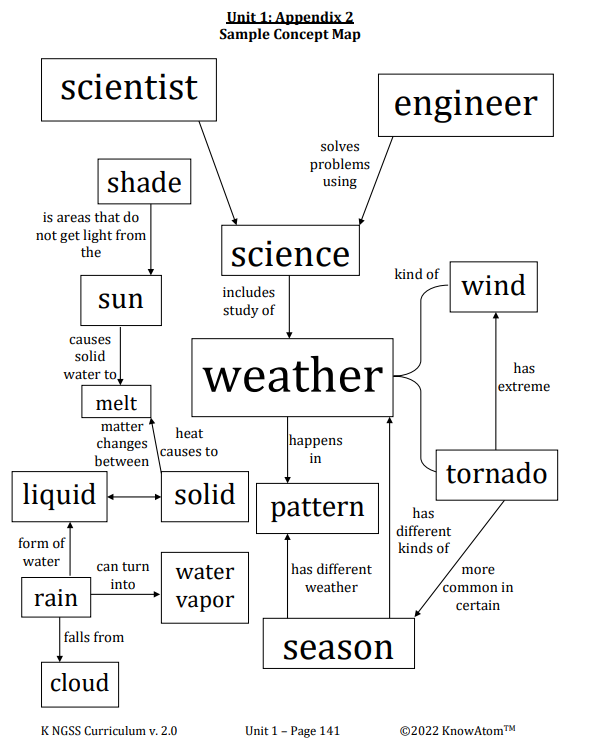In this lesson, students observe and record local weather data over several months to analyze weather patterns in their geographic area. They explore the concept that weather in one area usually follows a yearly pattern and that this pattern can be observed and recorded. Students review their understanding of different types of weather on Earth and discuss the importance of weather forecasting before they begin recording and analyzing local weather conditions over a substantial period of time. They will carry this understanding forward as they engage with phenomena hands-on as scientists in future lessons.







